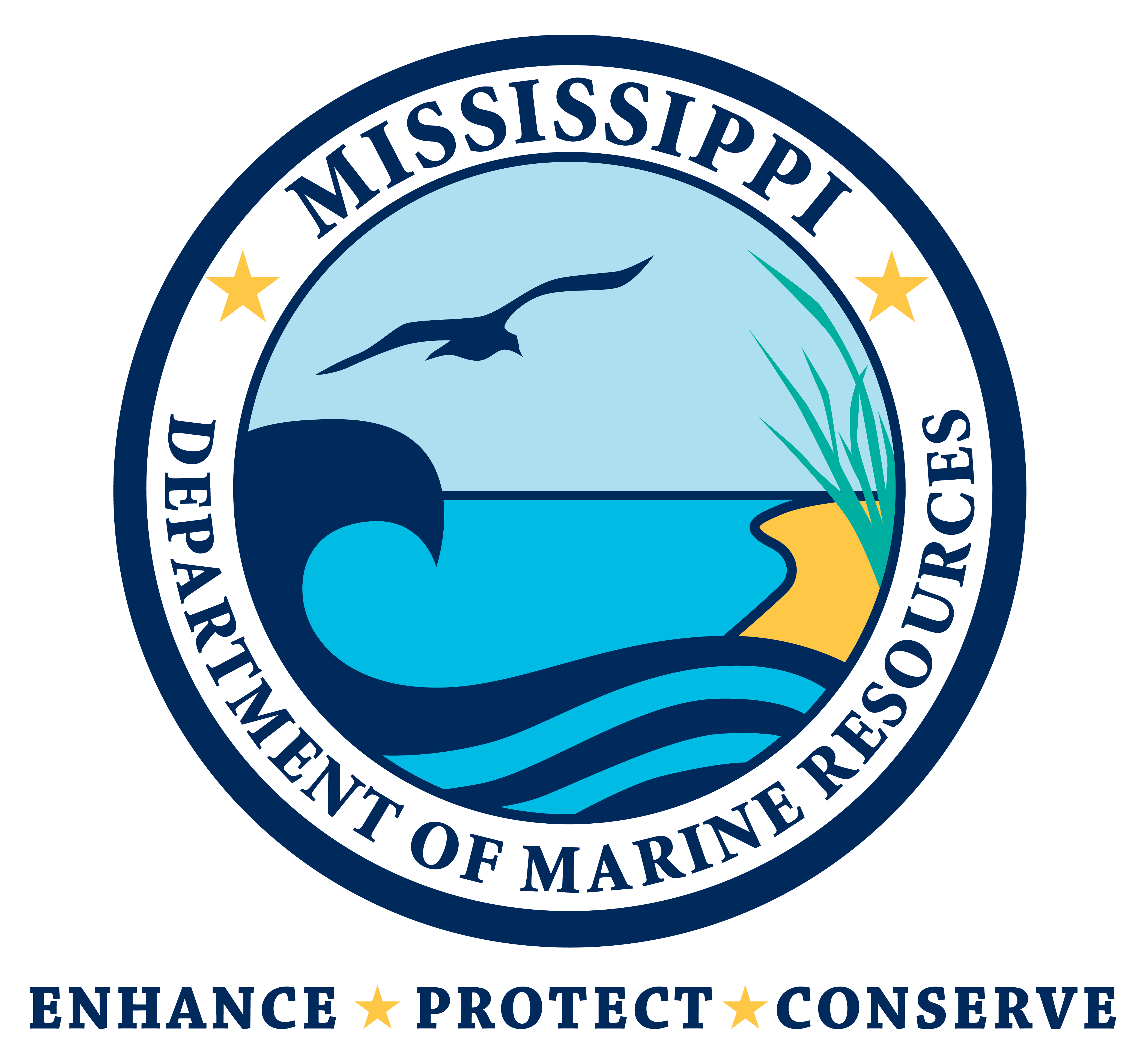Sustainability & Resilience
The Grand Bay Coastal Resources Center is a ‘Gold’ LEED certified facility, and is the headquarters of the Grand Bay National Estuarine Research Reserve and the Grand Bay National Wildlife Refuge. Our facility is one of the greenest buildings in Mississippi and demonstrates environmental consciousness through the use of sustainable building strategies and innovative features.
LEED (Leadership in Energy and Environmental Design) is an internationally recognized green building certification system, established by the U.S. Green Building Council. LEED certification provides third-party verification that a building was designed and built using strategies that contribute to sustainable site development, energy savings, water efficiency, improved indoor environmental quality, and materials selection.
- Site Design: The Grand Bay Coastal Resources Center was built on a previously developed site. Our building is elevated to protect from flooding using steel trusses and pilings instead of dirt fill, which would cause greater site disturbance.
- Building Design: The building’s orientation is an important energy saving feature. The east-west orientation allows ample sunlight to enter the building for lighting, but reduces heating from the sun in the summer. Awnings, screens, and roof overhangs help shade windows to block direct sunlight and reduce glare.
- Water Use: The Grand Bay Coastal Resources Center was designed to use 40% less water than a traditionally-built facility. Rainwater collected from the roof is collected and diverted to retention ponds. Additional water saving features include dual-flush toilets, low-flow faucets, and native landscaping.
- Materials: Many of our building materials are recycled and environmentally friendly. These include: exterior siding, recycled countertops and flooring, bamboo cabinets and desks, and low VOC paints, adhesives, and flooring materials.
- Energy Savings: Rooftop solar panels generate part of our electricity. Nearly 90% of our occupied spaces are lit using natural daylight.
- Transportation: Our parking lot is pervious (crushed concrete) instead of paved to reduce storm water run-off, and one of our work vehicles is hybrid.

